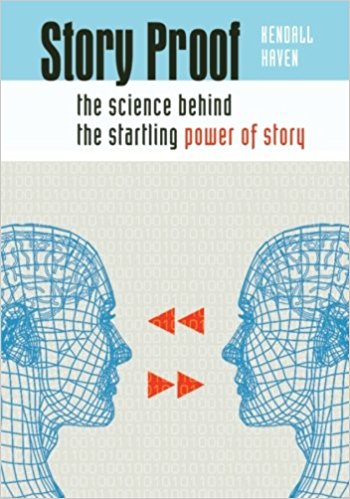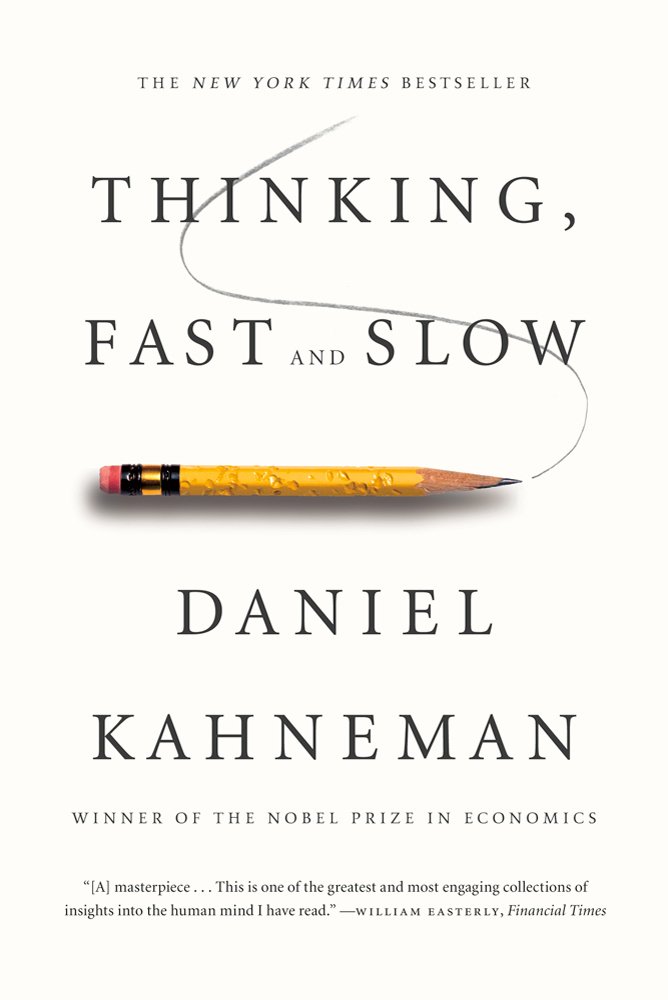Whether you’re looking to refine your storytelling technique or figure out what could be swaying your decision making, our Templar consultants share some of their favourite books aimed at helping you enhance your communication and performance in the workplace.
Story Proof: The Science Behind the Startling Power of Story
Story Proof collects and analyzes the research that validates the importance of stories, story reading, and storytelling to the brain development and education of children and adults. Accomplished researcher and storyteller Kendall Haven, establishes the need for understanding the research findings in neural psychology and brain development and the value of a common definition of story if one is to fully grasp the importance and necessity of story to the development of the human mind.
To support his case, he reviews a wealth of research from storytellers, teachers, and others who have experienced the power of story firsthand.
WHY WE LOVE IT:
What is “story”? What isn’t? How do stories work? What do we like? What don’t we like? What are the five essential components of any story? Why is story at the top of the heap when it comes to retention and influence? This interesting and approachable work gives the answers.
There are many misconceptions about what story is. Story goes beyond a narrative and beyond a sequence of events. Kendall Haven lays out everything you need to understand what stories are, why and how they work, and how to identify good stories for your business. Most business ‘stories’ fall down because they omit two key components – character and struggle.
In general, we hear only about goals and action taken to achieve them. We are born with brain pathways that look for the five essential elements of story. When any are missing, we tend to discard or reject the information and its lesson.
thinking, fast and slow
Daniel Kahneman, the renowned psychologist and winner of the Nobel Prize in Economics, takes us on a groundbreaking tour of the mind and explains the two systems that drive the way we think. System 1 is fast, intuitive, and emotional; System 2 is slower, more deliberative, and more logical.
The impact of overconfidence on corporate strategies, the difficulties of predicting what will make us happy in the future, the profound effect of cognitive biases on everything from playing the stock market to planning our next vacation—each of these can be understood only by knowing how the two systems shape our judgments and decisions.
Why we love it:
This book is rare! It gives first-hand research-based evidence that forms the basis for a whole load of persuasion, influencing and negotiation techniques. The result is that the reader gains a deep understanding of the biases, heuristics and patterns of human behaviour that affect all of us.
Daniel is the person who, along with his research partner, first explained loss aversion and prospect theory. The two systems he puts forward and explores allow us to understand how these two modes work together and how they shape our decisions and judgments.
The book itself is pretty dense and not one for bedtime reading but it is fascinating in bite-sized chunks. It continues to top the bestseller lists. Daniel Kahneman is a Nobel Laureate, has an effective turn of phrase that allows the lay person access into his academic world.

